Rice, a staple food for over half the world’s population, is more than just a grain; it embodies culture, sustenance, and survival a practice that has sustained civilizations for thousands of years. Grow Rice is more than a staple food, it’s a cultural icon, an economic powerhouse, and a testament to human ingenuity in agriculture.
Growing rice may seem daunting at first glance, requiring precise conditions and techniques, but anyone can embark on this green-thumb adventure with the right guidance. Select the optimal variety suited to your climate and master irrigation techniques that mimic nature’s own rhythm.
How to Grow Rice at Home
With over half the global population relying on rice as a primary food source, understanding how to grow this versatile grain offers an opportunity for sustainable living and connects us to centuries-old agricultural traditions.
Climate change reshapes our environment, and urban spaces become more crowded; cultivating rice at home in pots or directly in the ground can empower individuals and families to take charge of their food sources.
Growing rice at home isn’t just about securing your next meal; it’s about embracing sustainable practices contributing to environmental health and biodiversity. Small-scale cultivation allows you to experiment with different varieties while minimizing dependence on industrial agriculture.
Materials You’ll Need
When selecting rice seeds, it’s essential to consider the variety that aligns with your climate and growing conditions. Short-grain varieties like Japonica thrive in cooler regions, while long-grain Indica types prefer warmer climates and can tolerate drought better.
Look for seeds specifically bred for your area; local agricultural extensions often provide valuable recommendations to ensure a successful yield. Look for pots deep enough, at least 12 inches, to accommodate root growth and have sufficient drainage holes to prevent waterlogging.
A consistent water source is essential; grow rice needs about 6-8 inches of standing water during its growth phase but can also be grown in well-drained soil with regular irrigation if indoor conditions require it.
Use nutrient-rich soil mixed with organic matter and invest in balanced fertilizers that provide nitrogen, phosphorus, and potassium to boost growth without overwhelming the delicate balance nature requires.
How to Grow Rice Step-by-Step with Pictures
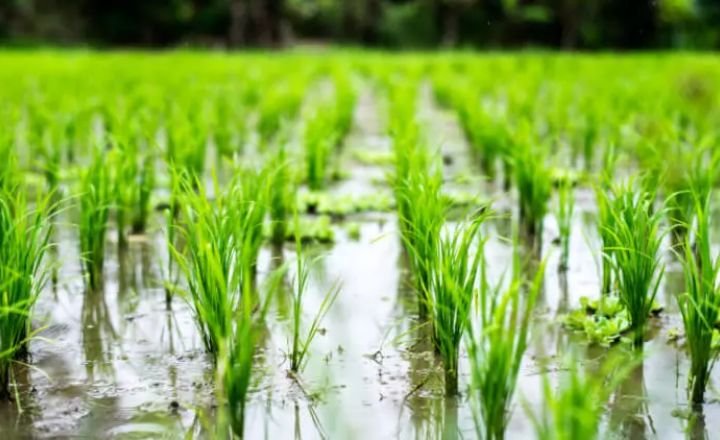
Preparing the Seeds
Soaking rice seeds is a crucial first step in the rice cultivation process, as it helps initiate germination and ensures a higher success rate upon planting. Begin selecting high-quality seeds that are suited to your climate and soil conditions.
Submerge the seeds in water for 24 to 48 hours, allowing them to absorb moisture and swell. This soaking period kickstarts the growth process by softening the seed coat, which aids in faster sprouting once planted.
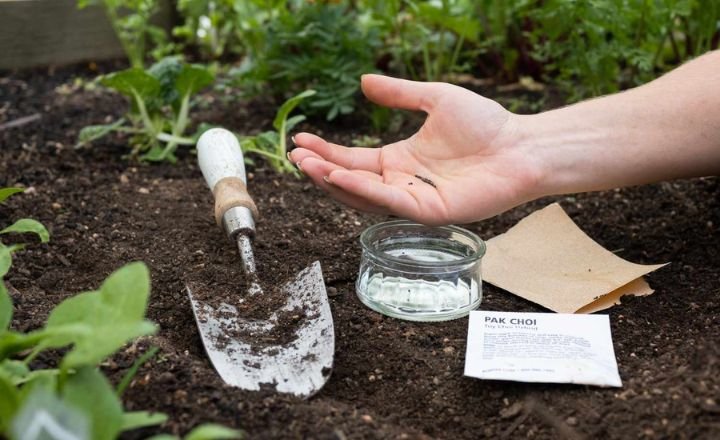
After soaking, you can plant your seeds indoors or directly outdoors, depending on your preference and location. Place soaked seeds in seed trays filled with nutrient-rich potting mix or a light soil mix designed for seedlings; keep them moist but not waterlogged for indoor planting.
If you opt for outdoor planting, prepare well-drained paddy plots or beds that will effectively retain moisture during early growth. Consider temperatures, as rice thrives best between 70°F and 90°F (21°C to 32°C).
Preparing the Soil or Pot
Soaking rice seeds is a crucial first step in the growing process, as it helps to kickstart germination and promotes healthier growth. Begin by filling a bowl with clean water and submerging your rice seeds for 24-48 hours.
This softens the seed coat and ensures the seeds absorb enough moisture to sprout effectively. After soaking, drain the water and spread the seeds on a damp cloth in a warm area, allowing them to sprout for an additional 1-2 days before planting.
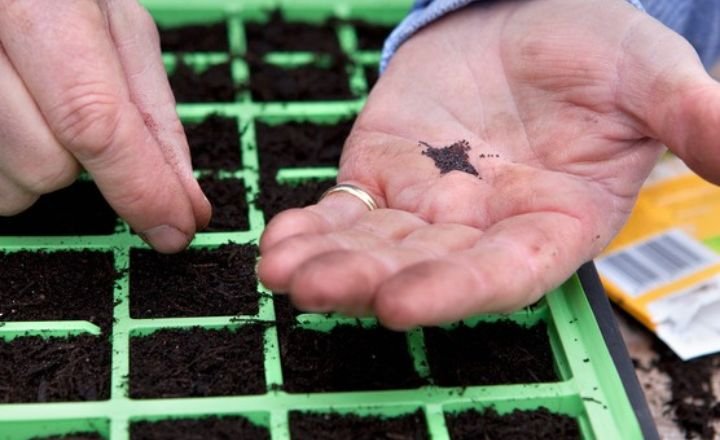
For indoor pot planting, use a well-draining soil mix enriched with organic matter to mimic wetland conditions where rice flourishes. Transplant seedlings when they reach about six inches tall; this usually occurs around 15-30 days post-germination.
How to Grow Rice in Pots
Growing rice in pots can be a delightful endeavour, especially for those with limited space. Start by selecting a deep container ideally, at least 12 inches deep and wide, for the roots to develop properly. Rich potting soil and organic compost will provide the necessary nutrients.
Rice thrives in waterlogged conditions and is prepared to fill your pot about two inches above the soil line; this mimics its natural paddy environment while promoting optimal growth.
How is Rice Grown and Harvested
Growing rice is a meticulous process that begins with selecting the right variety for the local climate and soil conditions. Large-scale rice cultivation typically involves mechanized methods, employing tractors and advanced technology for tasks like planting, irrigation, and pest control.
This industrial approach often leads to higher yields but can overlook the biodiversity of traditional practices that smaller farmers embrace.
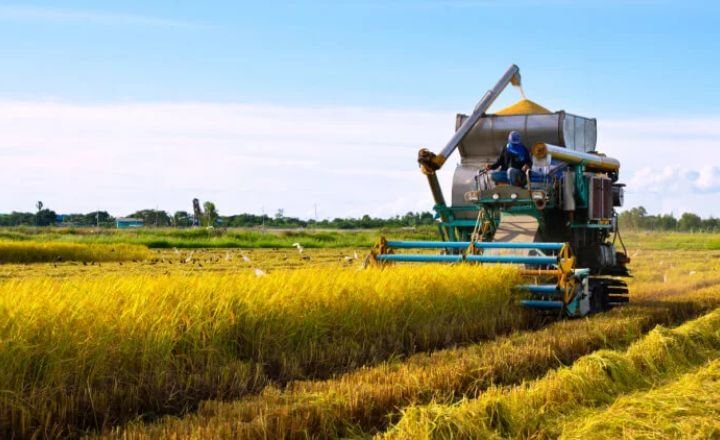
Small-scale rice cultivation relies on manual techniques, with farmers meticulously hand-planting seeds in flooded fields. This method not only nurtures the crops but also enhances environmental resilience through crop diversity.
The harvest phase showcases even more distinctions between these two approaches. Large operations utilize combined harvesters, hastening the process and minimizing labour costs but potentially sacrificing grain quality in their haste.
Smallholder farmers, however, often rely on traditional hand-cutting methods and take their time to ensure each stalk is harvested at its peak ripeness.
This slower pace allows for better care in handling and storage conditions, impacting flavour and nutritional value.
Observing these contrasting methodologies offers a deeper appreciation for rice’s journey from field to table, one steeped in modern efficiency and timeless agricultural wisdom.
Challenges and Common Mistakes
The most significant challenge when growing rice at home lies in water management. Rice is unique in its need for standing water, which can lead to both overwatering and undersaturation if not monitored diligently.
New growers often fall into the trap of letting ponds become stagnant or murky, fostering diseases instead of a thriving crop.
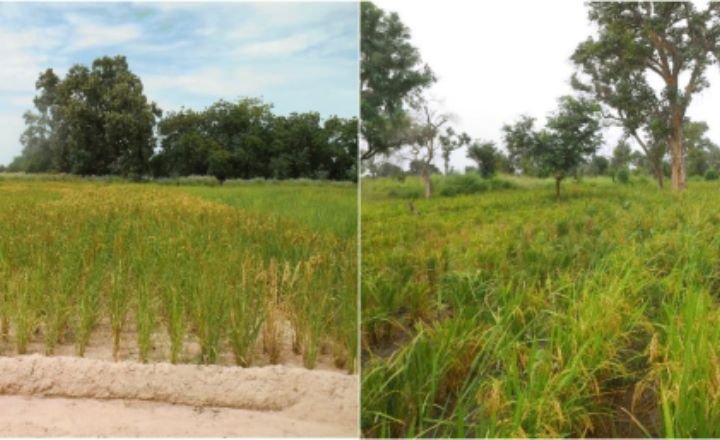
A simple system of periodic drainage and replenishment, freshwater circulation keeps your plants healthy and helps reduce mosquito breeding sites. Pest control emerges as another common pitfall that can derail even enthusiastic gardeners.
Many newcomers lean too heavily on chemical pesticides without understanding their effects on beneficial insects and soil health.
Instead, consider integrated pest management (IPM) techniques that rely on natural predators, crop rotation, and companion planting to create a balanced ecosystem within your rice paddy.
This method minimizes harm to non-target species and promotes biodiversity, an essential factor for sustainable agriculture at any scale. Maintaining soil health requires attention to nutrient balance, which novice rice growers often overlook.
Many assume standard fertilizers will suffice but fail to test their soil beforehand, leading to imbalances that stunt growth or invite disease.
Expert Tips to Grow Rice Like a Pro
- Consider using kiddie pools or troughs if you’re looking to scale up your home farming efforts.
- Make it a habit to rotate your crops each year to keep your soil healthy and thriving.
- Be cautious with fertilizers — especially those high in nitrogen — to avoid overdoing it.
- Use netting to shield your young seedlings from pesky birds.
Final Thoughts on Growing Rice at Hom
Growing rice isn’t just a fun pastime; it’s a fantastic way to embrace self-sufficiency, sustainability, and a more mindful lifestyle. Whether you’re a gardening veteran or just dipping your toes into the soil, rice is a fulfilling crop to cultivate right in your backyard or even on your balcony. So, get ready to dig in, plant those seeds, and watch them flourish — your first bowl of homegrown rice is just a few months away!
Summary
Growing rice from seed to harvest is a rewarding journey that can be accomplished even in small spaces, such as pots or small garden plots.
Following the essential steps from selecting the right variety and preparing the soil to plant, nurturing, and ultimately harvesting, you can enjoy the satisfaction of cultivating your own rice.
This sustainable practice contributes to local food production, deepens your connection with nature, and enhances your gardening skills. Don’t be intimidated by the process; anyone can successfully grow rice at home with patience and care.
Is growing rice at home a cost-effective option?
Absolutely! Once you get your setup ready, growing rice can be an affordable and eco-friendly way to harvest your own grains—especially if you’re looking for organic, chemical-free options.
Do I need a flooded field to grow rice?
Not at all! While rice is typically grown in flooded paddies, you can successfully cultivate it in containers or garden beds as long as you provide consistent watering. The trick is to keep the soil moist (but not soggy) during the early stages of growth.
What type of soil is best for growing rice?
Rice thrives in loamy or clay soil that retains water well. To enhance the soil’s nutrient content and promote healthy growth, mix in some organic compost
